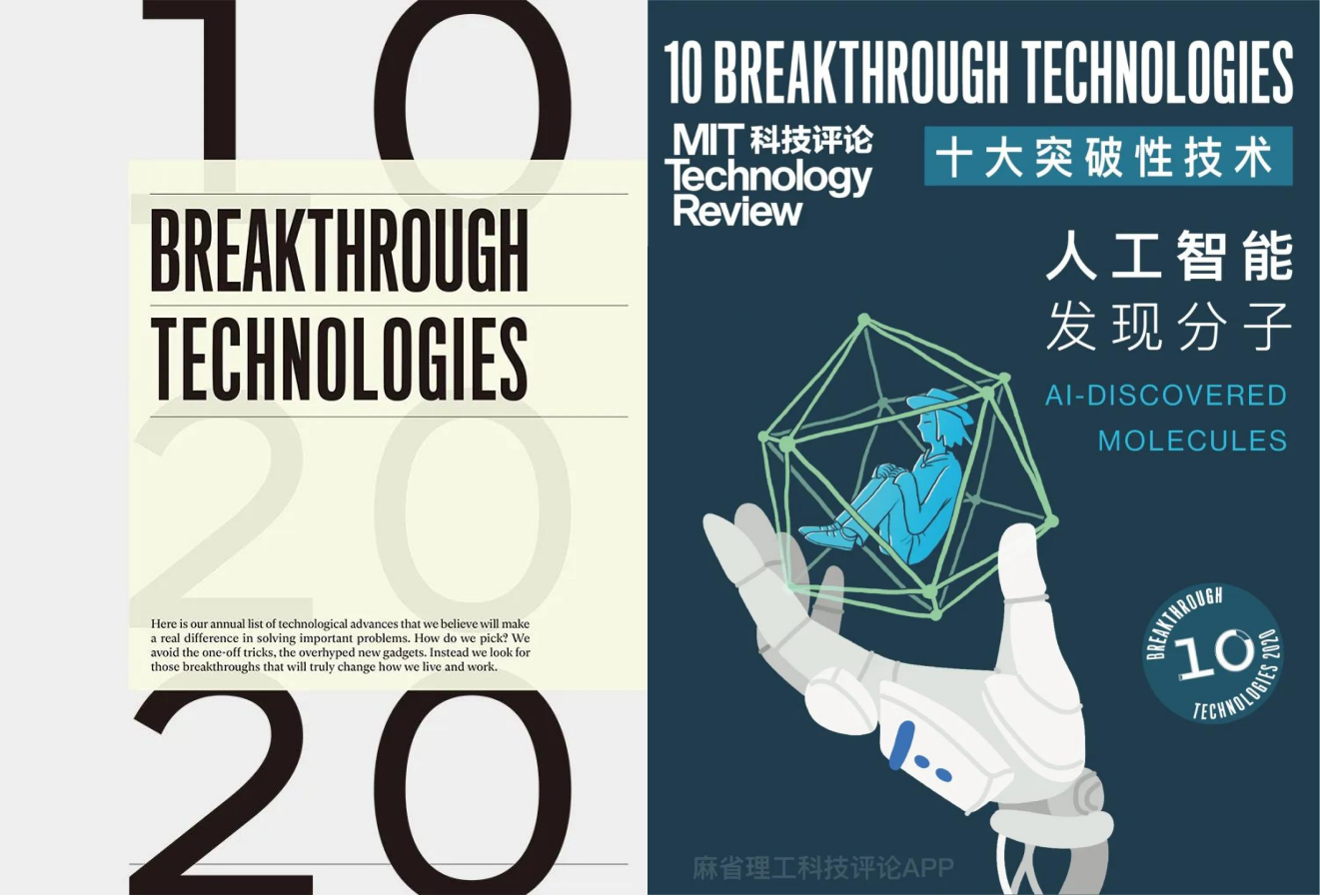The list highlights the research of companies such as Insilico Medicine and the University of Toronto.
The MIT Technology Review’s annual “Top Ten Breakthrough Technologies” has recently been released. In the list, “AI Drug Molecular Discovery” is selected as the annual breakthrough Technology, which considers the industry’s maturity period to be 3-5 years, and emphasizes Insilico Medicine and University of Toronto research.
The list explains the difficulty of drug molecule discovery, because in drug development, the number of molecules that can be converted into drugs is very large. This number is estimated to be 10 to 60 powers, which is more than the number of all atoms in the solar system. It takes a lot of time and costs for chemists to find valuable molecules from huge numbers.
The value of AI drug molecular discovery is that through machine learning, it is possible to find new drug candidates faster and at a lower cost.
The list highlights the experimental research between Insilico Medicine and the University of Toronto, and believes that several drug candidates discovered by its algorithm, “like defeating the world champion in a Go game with a computer”, are effective for the AI pharmaceutical industry. A proof.
The emphasis on this study was obtained from the editor-in-chief of the MIT Technology Review David Rotman’s response: “Deep learning and other artificial Intelligent tools can discover ideal new molecules. This technology will change the drug development process. It is expected to make new drug development faster and more effective. It is an important new tool for finding better drugs. Insilico Medicine company is using artificial intelligence tools. With some exciting technologies (such as GANs), it has been a leader in drug discovery. Recent research results prove that GANs are an effective new tool for discovering potential molecules. “

Insilico Medicine has been working in the field of AI pharmaceuticals since 2015, and holds key intellectual property rights. The company published the first peer-reviewed paper in the field in 2016 and several theoretical papers in 2017. The first landmark experiment is expected to be published in 2020. Recently, the company